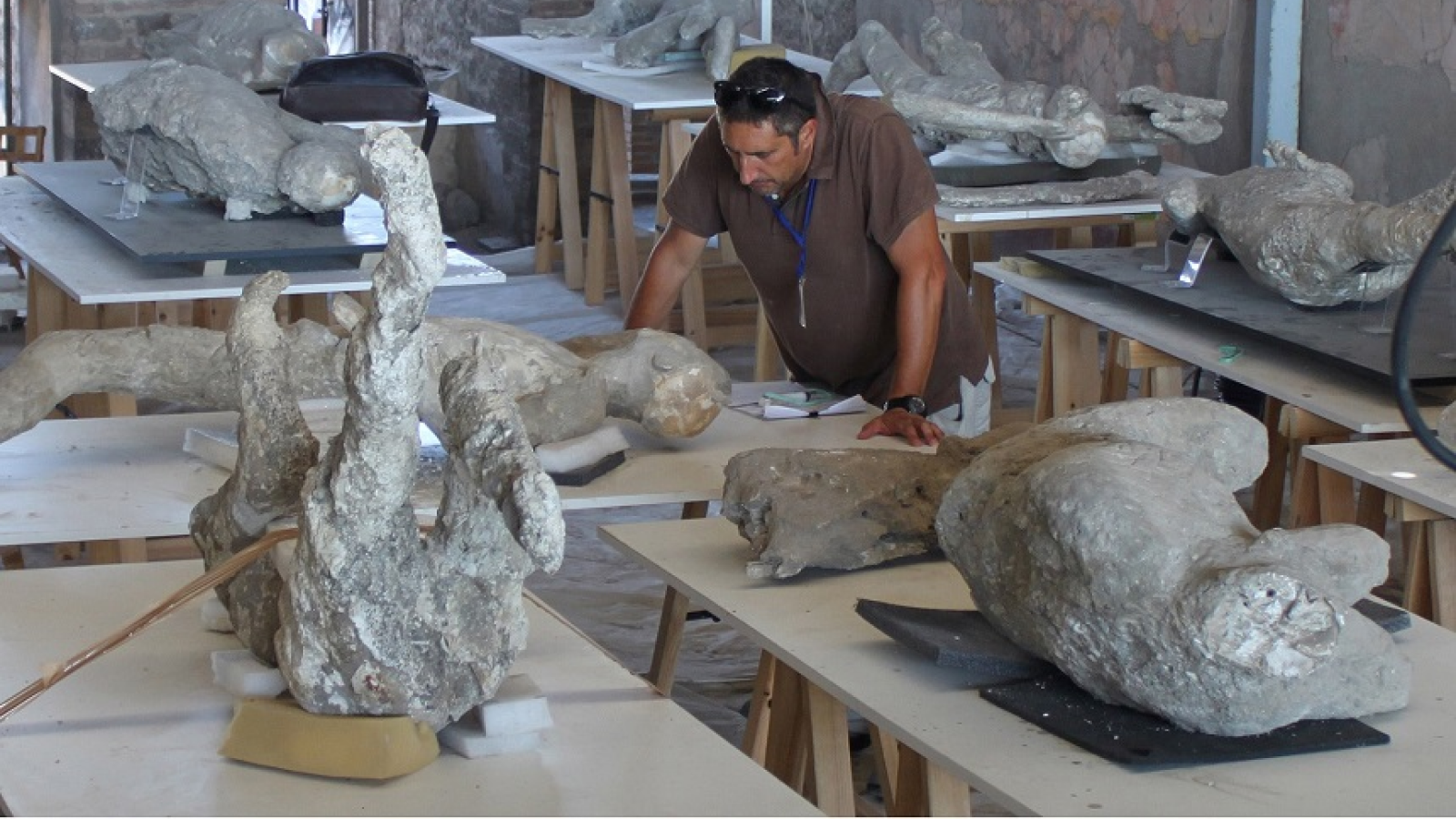Tropical Biodiversity Explained by Steady Temperatures
The astounding array of species that call the tropics home is the result of the near-constant year-round temperatures found in these areas, a new study suggests.
The study, which surveyed insect diversity at a variety of latitudes and points in Earth's history, answers a question that has bugged biologists for centuries. It also shows that the exceptional biodiversity of the tropics is not a result of higher temperatures or more sunlight, as once assumed.
The findings, detailed in the August issue of the journal Paleobiology, also suggest, intriguingly, the world is likely far less diverse today than it was tens of millions of years ago, when the entire Earth had consistent year-round temperatures, much like the modern tropics.
"The latitudinal diversity gradient has been recognized for 150 years as one of the most general observations in nature, and has produced more explanatory hypotheses than nearly any other observation," said study co-author Brian D. Farrell, a biologist at Harvard University. "We show that when most of today's organisms were diversifying, up through the Eocene [about 56 million to 34 million years ago], the world lacked pronounced seasonality, more like today's tropics, even in areas where the temperature was low."
"It appears it's not the heat of the tropics that promotes diversity; it's the more recent seasons of the temperate zone that depress diversity," Farrell added.
Scientists' explanations for tropical biodiversity have tended to focus on the greater heat and light found closer to the equator, and to a lesser extent the low seasonality of the tropics, where average temperature in the hottest and coolest months may vary by only a few degrees.
"These factors tend to change together as you travel away from the equator toward the poles, leaving it difficult to separate their individual effects on diversity," said study author S. Bruce Archibald, a research associate at Simon Fraser University, Harvard's Museum of Comparative Zoology, and the Royal British Columbia Museum. Archibald conducted the research for his doctoral dissertation at Harvard, where Farrell was his advisor.
Get the world’s most fascinating discoveries delivered straight to your inbox.
Farrell, Archibald and their colleagues used the fossil record to solve this conundrum. They compared modern insect diversity at the Harvard Forest in Petersham, Mass., and in a Costa Rican jungle with that seen at the 52.9-million-year-old McAbee fossil bed in British Columbia, Canada, noted for its exceptionally well-preserved insects.
At the time the McAbee fossils were created, Earth's climate was far less seasonal at all latitudes, allowing tropical species, such as palm trees and crocodiles, to live in what is now the high Arctic. So when the Arctic was warm in the past, like the rest of the planet, it had a high degree of biodiversity, like the tropics do today.
- 25 Amazing Ancient Beasts
- 10 Amazing Things You Didn't Know About Animals
- Gallery: Evolution's Most Extreme Mammals
This article was provided by OurAmazingPlanet, a sister site of LiveScience.



